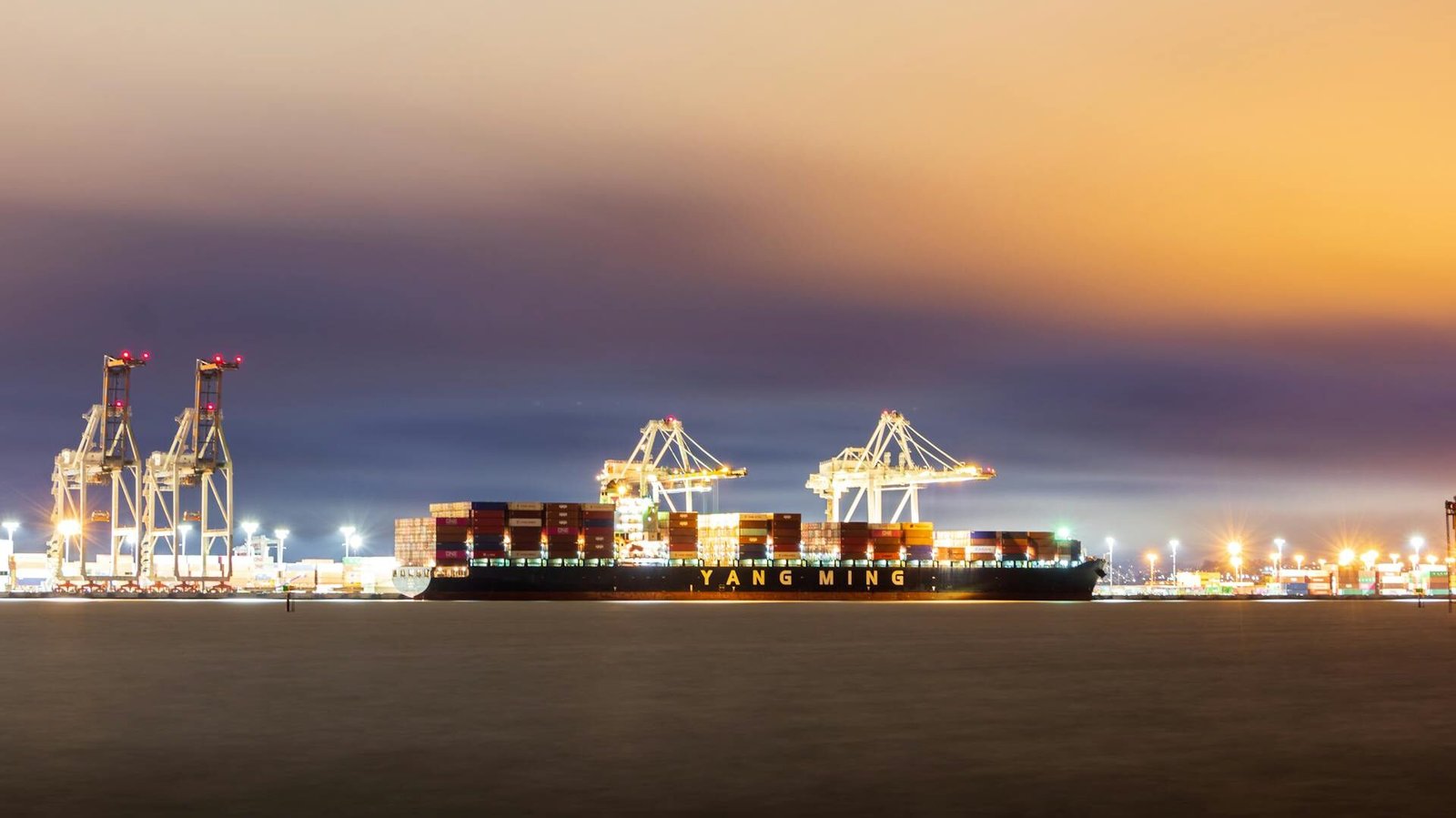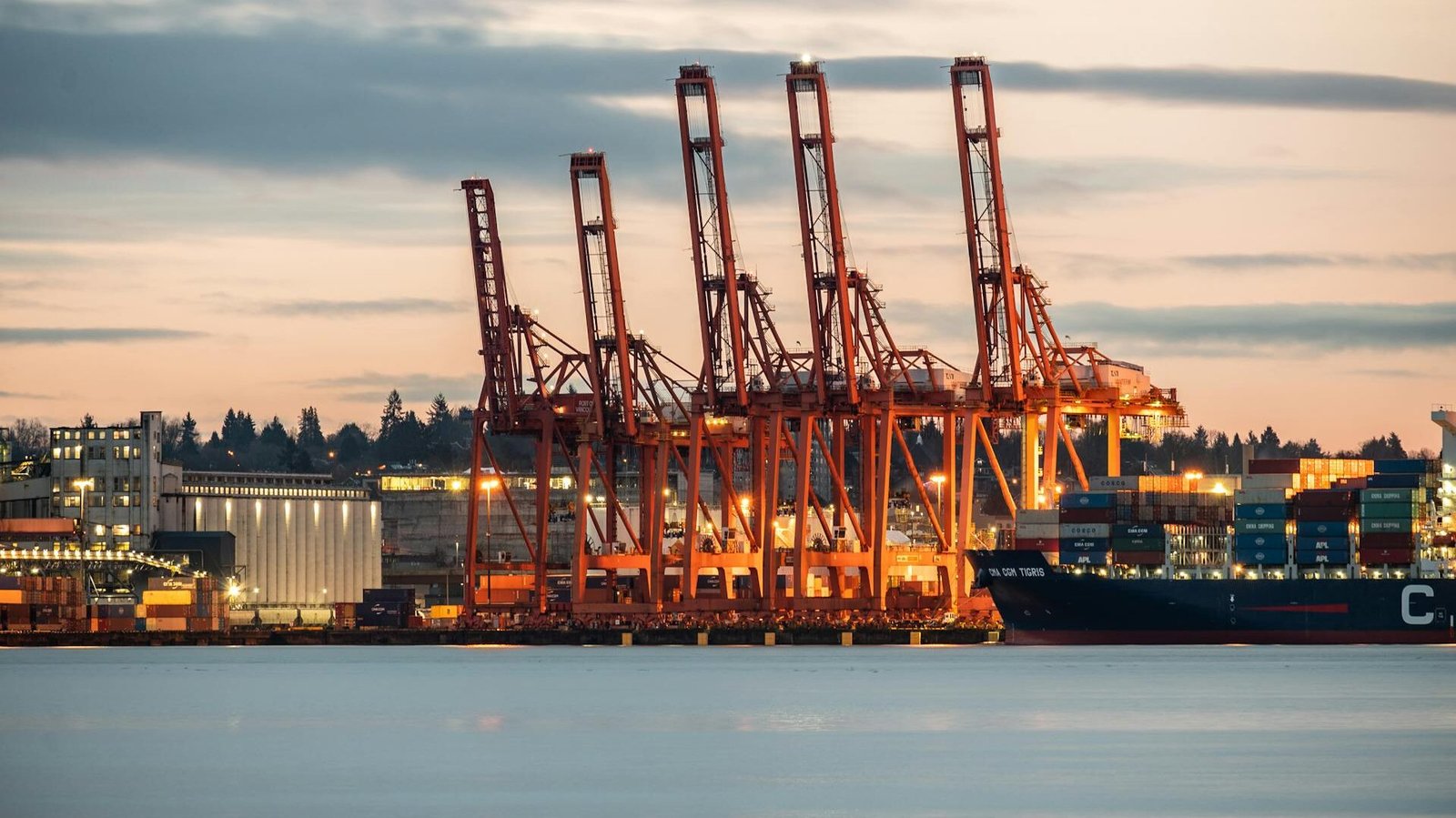
In the era of global globalization, lithium batteries, as a key energy storage device, are widely used in various electronic products and new energy fields. The international transportation demand for lithium batteries is also increasing day by day. However, a recent incident involving a cross – border e – commerce seller has attracted wide attention in the industry. A batch of high – value lithium battery products of a cross – border e – commerce seller encountered serious problems during customs clearance at the destination port. The goods seemed to be “stuck” and there was even a risk of “disappearing”.
The seller was extremely anxious as the goods with a large capital investment were at risk of loss, and the pressure from customers urging for the goods was overwhelming. Why does the seemingly convenient and cheap “special channel” (i.e., gray customs clearance) bring so much trouble? What risks are hidden behind it? This article will reveal the truth of gray customs clearance in lithium battery transportation and help you make a wiser and safer choice.
I. Introduction: Starting from a “Missing Container”
A. Scene – setting opening
Describe an anxious scenario where a cross – border e – commerce seller’s batch of high – value lithium battery products gets “stuck” or even “disappears” during customs clearance at the destination port.
B. Raising the core question
Why does the so – called “special channel” (gray customs clearance), which seems convenient and cheap, bring such big troubles? What risks are hidden behind it?
C. Highlighting the article’s value
This article will uncover the truth of gray customs clearance in lithium battery transportation and assist you in making wiser and safer choices.

II. Basic Concepts: What is “Gray Customs Clearance”? How Does It Differ from “White” and “Black” Customs Clearance?
A. White Customs Clearance (Compliant Customs Clearance)
- Definition
It involves going through the formal customs declaration procedures, truthfully declaring the product name, quantity, value, and material (especially the battery type), submitting all necessary documents (such as MSDS, UN38.3 test report, transportation appraisal report, etc.), and legally paying customs duties and value – added tax. - Characteristics
It is legal, transparent, with a clear process, and protected by law. However, it has the drawbacks of high cost, a long process, and strict requirements. For example, a regular foreign – trade enterprise, when exporting lithium batteries, strictly prepares documents according to regulations and truthfully declares the goods information. Although it spends a certain amount of time and money, the goods can clear customs smoothly, and there are no worries in subsequent sales and after – sales processes.
B. Black Customs Clearance (Smuggling Customs Clearance)
- Definition
It is a criminal act that completely evades customs supervision and enters the country illegally. - Characteristics
It is illegal and extremely risky. Once discovered by the customs, the goods will be confiscated, and the relevant responsible parties will face huge fines and even criminal liability. There have been cases where some lawless elements tried to transport lithium batteries through smuggling. As a result, they were caught by the customs. Not only were the goods confiscated, but the parties involved also received legal sanctions, which brought them huge economic losses and legal risks.
C. Gray Customs Clearance (The Focus of This Article)
- Definition
It lies between white and black customs clearance. Usually, it refers to using certain agency companies to complete customs clearance at a lower cost than formal customs clearance in forms such as “tax – included” or “double – clearance and tax – included”. Its “grayness” is reflected in the following aspects:- False or Misleading Product Name Declaration: Declare “lithium batteries” as “ordinary electronic products” or “accessories” to evade strict customs supervision on lithium batteries, but this actually buries huge safety hazards.
- Under – reporting of Value: Lower the declared value to evade taxes. This behavior not only damages the country’s tax revenue but also affects the fair competition in the market.
- Exploiting Policy Loopholes: For example, using the personal item postal channel to smuggle commercial goods in bulk. This is an abuse of policies and disrupts the normal trade order.
- Core Feature
It seems convenient but actually has numerous hidden dangers. Some sellers choose gray customs clearance to save costs, but often encounter various problems during the transportation of goods, and may even face goods loss and legal risks.
III. Why Is Gray Customs Clearance Particularly Taboo in Lithium Battery Transportation?
A. High – risk Nature of the Product (Core Reason)
Lithium batteries are classified as Class 9 dangerous goods in international transportation regulations such as IMO – IMDG and IATA – DGR. Their flammable and explosive characteristics make transportation safety the top priority. The chemical substances inside lithium batteries may react violently under certain conditions, leading to fires or explosions. Therefore, customs and transportation departments around the world have extremely strict regulations on the packaging, marking, documentation, and transportation methods of lithium batteries. Gray customs clearance definitely cannot meet these requirements, which lays the groundwork for safety accidents during transportation.
B. Specific Risks Brought by Gray Customs Clearance
- Safety Risks
False declarations lead to the goods being treated as ordinary goods, lacking necessary fire – prevention and explosion – prevention measures. It is very easy to cause fires in the transportation chain (in the cabin, warehouse, port), threatening the safety of the entire ship, aircraft, and the lives of operators. There was once a cargo ship transporting lithium batteries. Due to the use of gray customs clearance, the goods were not packaged and transported according to the requirements for dangerous goods. As a result, a fire broke out during the voyage, causing serious losses. - Legal and Compliance Risks
- Goods Detention and Confiscation: Once discovered by the customs during inspection for false or misleading declarations, the entire batch of goods will be detained or even directly confiscated. This is a huge economic loss for sellers, especially for high – value lithium battery products.
- Heavy Fines: Sellers will face huge fines from regulatory agencies such as the customs, maritime bureau, and civil aviation administration. The fine amount is far higher than the cost saved on customs clearance. Some sellers, in order to save a few thousand dollars on customs clearance, may eventually face fines of tens of thousands or even hundreds of thousands of dollars, which is not worth the loss.
- Enterprise Credit Downgrade: The involved enterprises will be included in the customs “blacklist” and will face frequent and strict inspections in the future, resulting in extremely low customs clearance efficiency. This will seriously affect the normal operation of the enterprise and reduce its market competitiveness.
- Criminal Liability: Serious false declaration behaviors may be regarded as endangering public safety and will bear legal responsibility. This will not only bring disaster to the enterprise but also have a serious impact on the personal lives of relevant responsible persons.
- Commercial and Economic Risks
- Collapse of Logistics Timeliness: Customs clearance obstacles lead to serious delays in the delivery date, resulting in compensation for breach of contract and loss of customer trust. For cross – border e – commerce sellers, on – time delivery is the key to maintaining customer relationships. Once the goods are delayed, sellers will not only face customer complaints and claims but may also lose long – term cooperation opportunities.
- Loss of Cargo Ownership: In most cases of gray customs clearance, the agency controls the whole process, and the cargo owner cannot control the cargo ownership. There may be a situation where both the money and the goods are lost. Some unscrupulous agents may abscond with the money after receiving the seller’s payment, causing losses to both the seller’s goods and funds.
- Difficulty in After – sales and Traceability: Without compliant traceability documents, if there are problems with the products, there will be huge obstacles in subsequent product recalls and warranties. This will affect the after – sales service quality of the products and reduce consumer satisfaction.
IV. Analysis of the So – called “Applicable Situations” of Gray Customs Clearance (Warning Perspective)
A. Misconception: “My goods have a low value and small quantity, so it’s okay to use gray customs clearance.”
This view is incorrect. The risk has nothing to do with the value of the goods. Once an accident occurs or the goods are inspected, low – value goods will also be confiscated and fined. Moreover, because of the low value, the relative loss percentage is even higher. For example, a batch of low – value lithium battery products may seem to save some customs clearance costs. However, if they are seized by the customs, the seller will lose all the investment, which may be a fatal blow to small sellers.
B. Misconception: “The other company said they’ve been using it for many years without any problems.”
This is a survivor’s bias. Not having an accident is just a fluke, and an accident is inevitable. Global customs and transportation safety agencies are constantly strengthening the crackdown on such behaviors, and inspection technologies are becoming more and more advanced (such as X – ray scanning and the use of special dogs). With the strengthening of supervision, the probability of gray customs clearance being discovered is getting higher and higher. Some companies that have successfully carried out gray customs clearance many times in the past will eventually be caught.
C. Conclusion
There is no safe gray customs clearance for lithium battery transportation. Any seemingly “applicable” scenario is actually a bet on safety and compliance with business interests, and the stakes are extremely high. Sellers should clearly recognize the risks of gray customs clearance and not take risks for short – term interests.

V. How to Choose the Right and Compliant Transportation Route?
A. Changing the Mindset
Regard compliance costs as a necessary operating cost rather than an “expense to be saved”. Although compliant customs clearance will increase certain costs, in the long run, it can ensure the safe transportation of goods and avoid potential losses, which is a worthwhile investment.
B. Preparing Necessary Documents
Ensure that each batch of goods is accompanied by the following documents:
- MSDS (Material Safety Data Sheet): It provides detailed information about lithium batteries, including chemical composition, hazards, and first – aid measures. It is an important basis for customs and transportation departments to understand the nature of the goods.
- UN38.3 Test Report: It proves that the batteries have passed eight tests such as high – altitude simulation, vibration, and impact. This is a necessary document for lithium battery transportation and can prove the safety of the batteries.
- Transportation Appraisal Report: Issued by an authoritative institution, it determines the classification of the goods’ transportation risks. It can help customs and transportation departments determine the transportation method and requirements for the goods.
- Dangerous Goods Packaging Certificate: It proves that the packaging meets the requirements for transporting dangerous goods. As dangerous goods, lithium batteries must use compliant packaging to ensure transportation safety.
C. Selecting a Reliable Logistics Service Provider
- Confirm whether it has the qualification and experience in transporting dangerous goods (DG). Only a logistics service provider with professional qualifications and rich experience can ensure the safe transportation of goods.
- Clearly inquire about the customs clearance method and be wary of overly low prices and promises of “covering everything”. Some unscrupulous logistics service providers may attract sellers with low prices but use gray customs clearance during transportation, bringing risks to sellers.
D. Making Truthful Declarations
Consistently and firmly declare all information such as the product name, HS code, net weight, and model truthfully. Truthful declaration is the basis of compliant customs clearance. Only by making truthful declarations can the goods clear customs smoothly and legal risks be avoided.
VI. Conclusion: Safety and Compliance Are the Only “Shortcuts”
Lithium battery transportation is characterized by its particularity and high risks. The potential losses caused by gray customs clearance far exceed the costs saved. Sellers should adhere to the safety bottom – line and choose white customs clearance to ensure the long – term, stable, and sustainable development of the supply chain. “Slow is fast, and compliance is the most economical route.” In international trade, abiding by laws and regulations and choosing a compliant transportation method is the long – term strategy for enterprise development. Have you encountered similar problems in lithium battery transportation? What’s your opinion on gray customs clearance? Welcome to leave a message and share your experiences and views.





